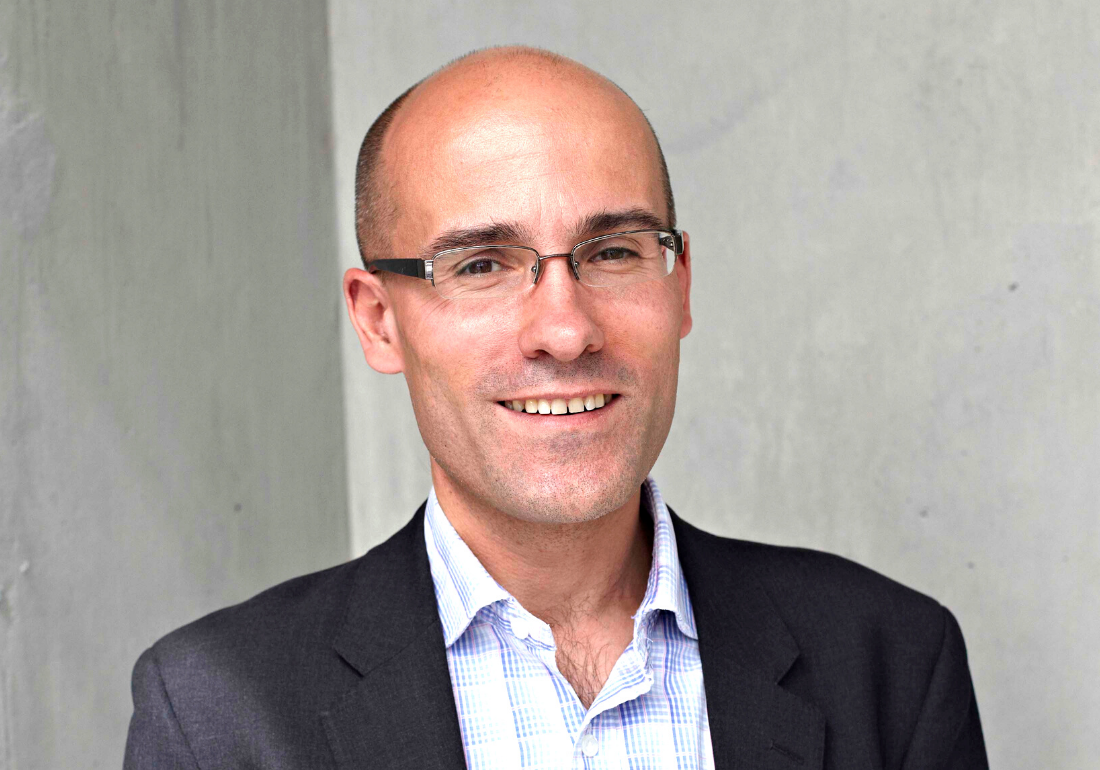In October, we posed 9 new challenges to the research community, each with the potential to change the way we think about cancer. Through our new blog series, members of our Cancer Grand Challenges Scientific Committee reflect on where a global, multidisciplinary team could take us with each challenge. Here, Professor Charlie Swanton shares his thoughts on cachexia.
Cachexia is one of the biggest problems we deal with in solid tumour oncology. It’s just extraordinary how quickly a person can lose muscle and/or fat mass, and their performance status can decline – their ability to get up, exercise, do all the things you and I take for granted. And, crucially, as their fatigue increases and their appetite decreases, their ability to tolerate treatment toxicities also declines. Dietary supplementation usually fails to reverse this important clinical problem. As clinicians this is a huge issue, as it means we’re less able to treat our patients.
Cachexia is a complex metabolic syndrome, and we know very little about it. The deeper we look, the more complex it’s turning out to be. But I do think we’ve got the tools at our disposal now to finally address key questions in cachexia and begin to unravel its complexity.
One important question: why does this happen? My suspicion is that cachexia is driven in some way by the tumour, mobilising fat or muscle tissue to feed metabolically demanding cancer cells. Our understanding of tumour metabolism has increased dramatically in recent years, with the development of new tools to better probe the metabolic behaviour of tumours. Tie this in with technologies like CRISPR, and we’ve got a vastly improved ability to make complex model organisms, meaning we can better interrogate host behaviour in animal models. This is key – tumours are not autonomous entities; they’re constantly communicating with the host and the selection of subclones under environmental pressure may lead to the subversion of normal communicative processes to their advantage.
These developments mean cachexia is absolutely ripe for a Cancer Grand Challenge – even more so because the fundamental barrier here is the need for multidisciplinary input. As scientists, we’re still all very confined to our own subject areas. A neuroscientist wouldn’t necessarily get excited about cancer in general – but as we uncover more about tumours’ neuronal axis, their involvement in this challenge may become crucial. And if we’re talking about communication between the tumour and the host, and the central control of body mass, we clearly need people with expertise in these networks – endocrinology, gastroenterology, molecular biology, cell signalling, metabolism, and so on. This challenge requires people to come at cachexia from a whole range of angles, not just from the perspective of cancer biology.
There are a few things I’d like to see a team achieve with 5 years and a £20M envelope. First and foremost, they need to develop a thorough understanding of the clinical problem. We don’t know for sure, but it seems from our clinical experience that there are diverse cachexia syndromes, maybe even heterogenous from patient to patient and between tumour types – which is perhaps why attempts to target key inflammatory components (TNFα and IL6, for instance) have failed. Secondly, we need a better clinical understanding of the different subtypes, which may help to identify who will and who won’t respond to distinct targeted interventions in the future.
Understanding more about appetite regulation and the anorexigenic factors involved in cachexia could make inroads in obesity. And cachexia doesn’t just affect cancer patients, but people with chronic illness in general, including chronic viral illnesses such as HIV and hepatitis B. So, while this challenge calls for teams to understand and reverse cachexia for people with cancer, the overall impact could be much wider reaching.
Advances in care for patients with cachexia, including the development of tailored therapies, will only come with a deeper understanding of the mechanisms involved. It’s a complex clinical phenotype, likely requiring complex routes to intervention.
But the potential benefits of cracking this challenge are huge. And we’re only going to get to the bottom of it with multidisciplinary collaboration.
Learn more about the cachexia challenge. For details on how to apply, click here.
